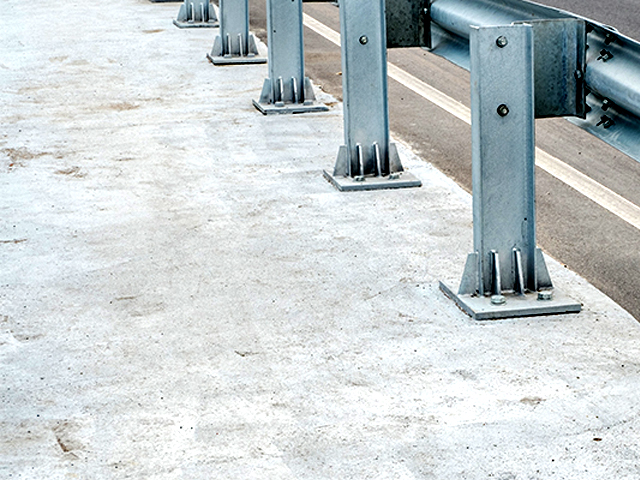CONCRETE TAKES THE HEAT
05 Mar 2019
Extreme heat can cause concrete to break down, but a new study has paved the way for a flexible mixture using recycled tires that could revolutionise concrete construction.

Image DepositPhotos
Along with using polymer fibres from tires to help release moisture from hot concrete, the scientists are also looking at using tire-derived steel fibres to help hold the material together.
Although concrete doesn't burn, it can “spall” when subjected to extreme heat – this means that surface layers of the material explosively break off, potentially causing structures made from it to collapse. According to a new study, however, fibres obtained from discarded tires can help keep that from happening.
Already, some companies have been adding polypropylene fibres to concrete, to prevent spalling. The idea is that when the concrete is heated by fire, those fibres will melt, creating networks of tiny channels throughout the material. Any moisture present within the concrete can then escape through those channels – it would otherwise remain trapped, turn to steam, and force the material to break.
Typically, the fibres used for this purpose are composed of virgin polypropylene, which requires a considerable amount of energy and resources to produce. Scientists at Britain's University of Sheffield, though, have determined that fibres harvested from old tires are just as effective. More precisely, those fibres come from a textile reinforcement material that is commonly used in tires.
The researchers are now working with Sheffield-based construction firm Twincon, refining a cost-effective technique for separating the fibres from tire rubber, untangling them, and then distributing them evenly within a concrete mixture. They are also looking at various fibre-to-concrete ratios, and at using different types of concrete.
“Because the fibres are so small, they don't affect the strength or the stiffness of the concrete,” says Dr Shan-Shan Huang, lead author of a paper on the study. “Their only job is to melt when heat becomes intense. Concrete is a brittle material, so will break out relatively easily without having these fibres help to reduce the pressure within the concrete.”
The paper was recently published in the Fire Technology journal.







